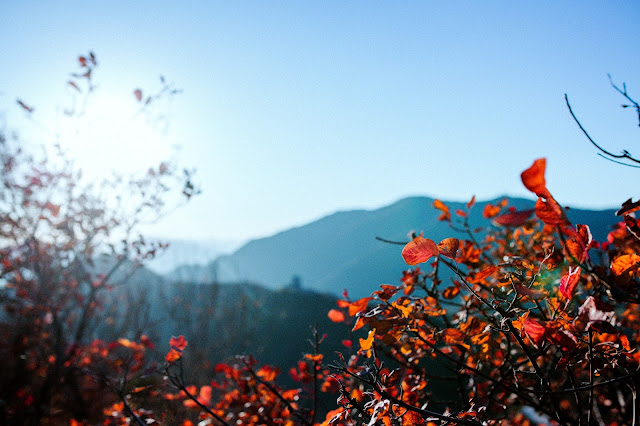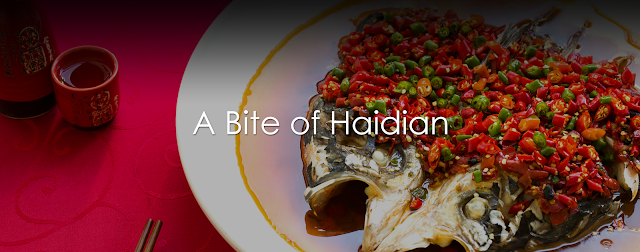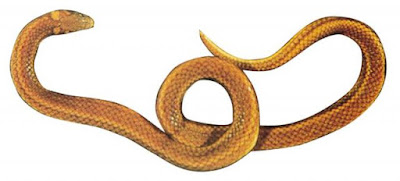Source:
http://www.beijing-haidian.com/2016/0113/35296.html
Plan your Beijing Tour? Summer Palace was a royal palace in later Qing
Dynasty, only secondary to the Forbidden City (now the Palace Museum). Summer
Palace is actually not just a royal palace where once Princess Dowager Cixi and
the emperor lived and handled court affairs, accepted laudations and received
foreign diplomats during their stay in the Summer Palace. It also epitomizes
classical Chinese architecture, in terms of both garden design and construction.
It is the largest royal garden in Beijing, now a good retreat for holiday
makers.
Tip # 01: How to time your visit
Normally 2-3 hours are needed to walk around Summer Palace itself. With
your time on the city transportation included, you are advised to have allocate
at least half day in visiting Summer Palace. Summer Palace presents itself with
different views for different seasons.Winter sees people skiing on the Kunming
Lake; Spring time finds people breathe under fresh trees and flowers; Summer
time often sees Summer Palace in a foggy day like a beautiful “water and
mountain” Chinese scroll painting. Autumn is the best time walking around Summer
Palace, clear and blue sky with comfortable weather.
Tip # 02: How to get to Summer Palace Metro Line
1. Subway Line 4:
Take subway line 4 to the northest direction and get off at the last but
one of Beigongmen (北宫门) and exit from Exit D and walk to the west, soon you will
see the north gate ( Beigongmen Gate )to Summer Palace 颐和园 (entrance fee:RMB30)
on your left side.
2. Subway Line 10
Take subway line 10 to Bagou station at the end of Line 10, and then get a
taxi from outside the station to the New Palace Gate (新建宫门). Or you may just
walk for about 1.5km from Bagou Station to the New Palace Gate. Get off Bagou
Station, follow your nose, you will meet a river, then turn right and walk along
the river bank till the New Palace Gate of Summer Palace. If confused upon which
way to go upon leaving the subway, just follow the crowd.
Public Bus:
Buses via the East Gate of the Summer Palace (颐和园正门, 东宫门)
Bus 330、331、332、346、394、712、718、726、732、737、801、808、817、826
Buses via the North Gate of the Summer Palace (北宫门)
Bus 303、330、331、346、375、384、393、634、716、718、737、801、808、817、834、Express
5
Buses via the South Gate of the Summer Palace (新建宫门)
Bus 374、437、481、952、704、992
Taxi Fare:
A taxi from Beijing city center will cost about RMB 80 and take about 50
minutes without much traffic. As you finish your tour and exit, you will find
some taxi drviers are reluctant or even refuse to use the meter, only do a set
rate, and most don’t want to go all the way back to Beijing at all, so this can
be troublesome.
Tip # 03: Buy a correct entrance ticket
There are two kinds of tickets – Entrance ticket for the garden-like
complex and through ticketboth for the complex itself also attractions inside
the Summer Palace complex.
The ticket prices are divided onto two categories – Low Season ad Peak
Season.
Note:
1. You are advised to buy entrance tickets instead of through tickets.
2. Once you enter the park of Summer Palace and are also interested in some
of the paid attractions inside the park, you may purchase a separate admission
ticket one by one.
3. Students enjoy half prices.
4. Children under 1.2m high are free of charge.
Tip # 04: Choose the right entrance gate and tour route
So there are three main entrances to Summer Palace – East Palace Gate (the
main gate), North Palace Gate and New Palace Gate (south gate). You should get
to know the gate you will go through, especially when you take a taxi or bus.
Entering Summer Palace via the different three gates, you will have three
different tour routes visiting Summer Palace.
Starting from New Palace Gate (south gate) Loop Line Route: New Palace Gate
– Walk north along East Dyke – the former Court Area (the East Palace Gate, the
Hall of Benevolence and Longevity…) – Long Corridor – Longevity Hill – Marble
Boat – Ferry Boat and back to New Palace Gate (loop line)
Starting from East Palace Gate Route: East Palace Gate – the former Court
Area (the East Palace Gate, the Hall of Benevolence and Longevity…) – Long
Corridor – Longevity Hill – Marble Boat – Ferry Boat – New Palace Gate
Starting from North Palace Gate: North Palace Gate – Suzhou Street – Marble
Boat – Longevity Hill – Long Corridor – the former court area – East Palace
Gate
Tip # 05: Familiar with its 3-part layout
The three tour routes are centered around the three main parts in Summer
Palace:
The Former Court Area; a royal palace where once Princess Dowager Cixi and
the emperor lived and handled court affairs, accepted laudations and received
foreign diplomats during their stay in the Summer Palace.
Long Corridor and Longevity Hill; The second part features the Long
Corridor, the Hall of Dispelling Clouds, the Tower of Buddhist Incense, the Hall
of the Sea of Wisdom, the Back Lake, the Suzhou Market and Longevity Hill.
Kunming Lake and Nanhu Isle: The last part is Kunming Lake, which consists
of the Marble Boat, Nanhu Island, the Bronze Ox and the beautiful 17-Arch
Bridge.
Tip # 06: Prepare for a 2-3-hour outdoor sightseeing
Visiting Summer Palace needs some a little bit strong legs with a lot
walking since Summer Palace is huge. Dress for the Hot or cold weather. The
summer in Beijing could be humid and closed, sometimes extremely hot.
Also winter could be very cold. So be well prepared for the uncomfortable
weather both in winter and summer. You are advised to wear your most comfortable
shoes. It’s a long walk! Food choice in the complex is poor – typical fast food
and snacks. So bring your own.
Tip # 07: Get to know the official notice to the visitors
1. No visitors are allowed to cross, climb, smoke, swim, skate, fish, spit,
foul and litter and so on.
2. No visitors are allowed to camp, cook, fish, capture animals and dig
plants inside.
3. No visitors are allowed to paint and carve on the buildings, ground,
stone, facility and tree, and to pick the flowers and spoil the lawn and
trees.
4. The north of pavilion of Wenchang and the east of Jiehu Bridge are
fist-level fire-proof non-smoking
5. Expect for hand-powered wheelchairs and baby carriers used by the aged,
the disabled, and children, any other vehicle are not allowed to enter without
any permission.
6. The professional camera equipments are not allowed to use inside without
any permission.
7. Without any permission, don’t perform, sing and make a noise so as to
influence and disturb other visitors.
8. The tour guides inside must have guide qualification.
Tip # 08: Opening Time:
High Season (From April 1 to Oct. 31)
Open: 6:30
Tickets stop selling at 18:00;
Close: 20:00
Low Season (From Nov. 1 to Mar. 31 next year)
Open: 7:00
Tickets stop selling at 17:00;
Close: 19:00
After the tickets stop selling, the visitors are not allowed to enter, and
to leave on time.
Discover more about
Haidian District and Beijing's imperial gardens, please visit →
http://www.beijing-haidian.com









